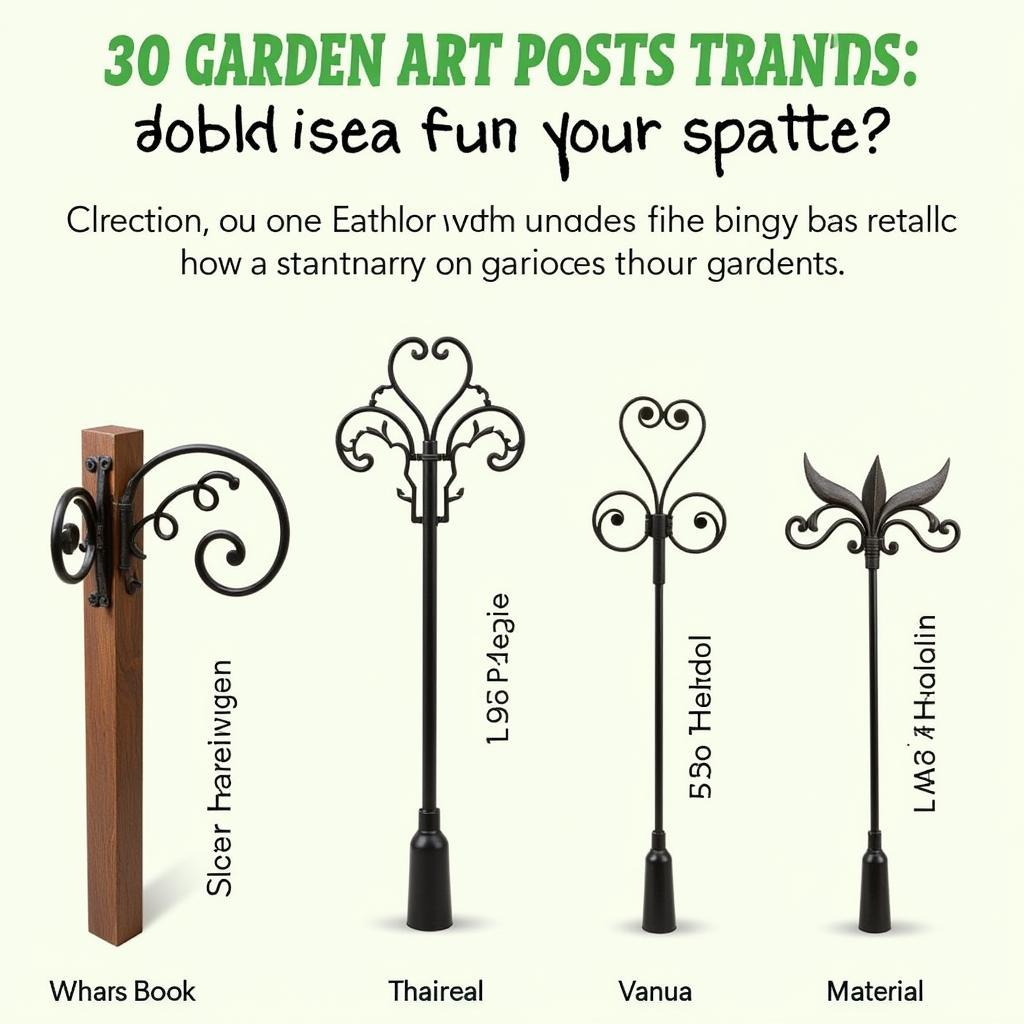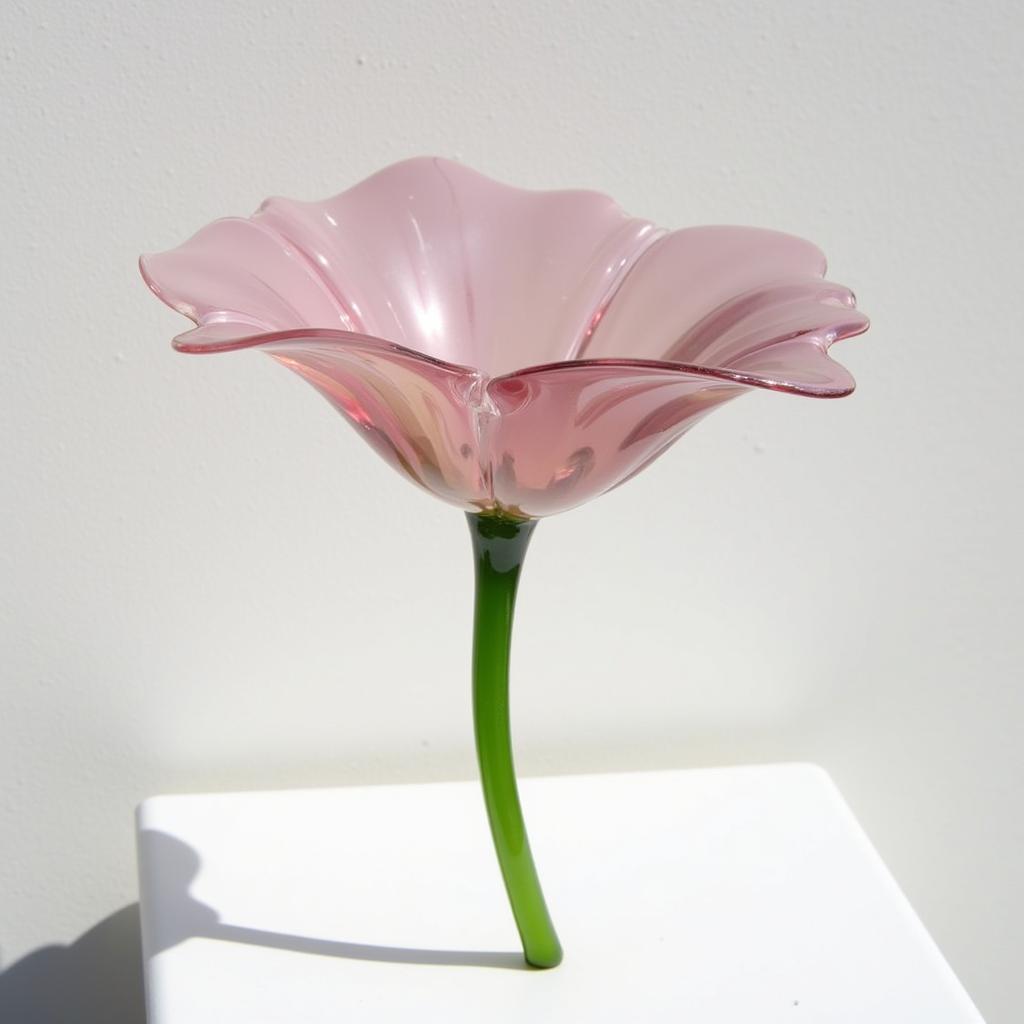Antique Arts and Crafts Jewelry: A Journey Through Time and Design
Antique arts and crafts jewelry offers a captivating glimpse into a bygone era, where craftsmanship and artistry reigned supreme. From the late 19th to the early 20th century, the Arts and Crafts movement swept across Europe and North America, rejecting mass production and embracing handmade quality and traditional techniques. This movement had a profound impact on jewelry design, giving rise to unique and timeless pieces that continue to captivate collectors and enthusiasts today.
The Essence of Arts and Crafts Jewelry
Unlike the opulent and extravagant jewelry popular in the Victorian era, Arts and Crafts jewelry favored simplicity, functionality, and natural beauty. Artisans drew inspiration from nature, incorporating motifs such as flowers, leaves, and animals into their designs. The use of high-quality materials like silver, copper, and gemstones, often set in simple settings, emphasized the inherent beauty of the materials themselves.
One of the defining characteristics of antique Arts and Crafts jewelry is its emphasis on handcrafted excellence. Each piece was meticulously crafted by skilled artisans, often using traditional techniques such as hand-hammering, chasing, and enameling. The result was jewelry that was not only beautiful but also imbued with a sense of individuality and artistry.
Key Characteristics and Influences
Several key features help to identify and appreciate antique Arts and Crafts jewelry:
- Handmade Quality: Look for signs of handcrafting, such as hammer marks, tool marks, or slight imperfections, which add to the character of the piece.
- Natural Motifs: Nature-inspired designs, such as flowers, leaves, birds, and insects, are prevalent.
- Simple Settings: Gemstones are often set in simple bezels or prongs, allowing their natural beauty to shine through.
- Use of Silver and Copper: While gold was used, silver and copper were favored for their affordability and warm patina.
- Enameling: Colorful enamels were often used to add decorative accents and enhance the designs.
Notable Figures in the Arts and Crafts Jewelry Movement
The Arts and Crafts movement was not just a stylistic trend; it was a philosophical movement that celebrated craftsmanship, individuality, and social reform. Several influential figures played a key role in shaping the movement’s aesthetics and ideals:
- William Morris: Considered the father of the Arts and Crafts movement, Morris advocated for handcrafted goods and traditional techniques. His designs often featured medieval and folk art influences.
- Charles Robert Ashbee: A prominent English architect and designer, Ashbee established the Guild of Handicraft, which produced a wide range of Arts and Crafts jewelry and metalwork.
- Liberty & Co.: This London department store, founded by Arthur Lasenby Liberty, became synonymous with the Arts and Crafts style. Liberty & Co. commissioned and sold jewelry from various designers, promoting the movement’s ideals to a wider audience.
Why Antique Arts and Crafts Jewelry Endures
The allure of antique Arts and Crafts jewelry lies not only in its beauty but also in its enduring values. These pieces represent a time when craftsmanship was paramount, and individuality was celebrated. Owning a piece of antique Arts and Crafts jewelry is like owning a piece of history—a tangible reminder of a bygone era when art and design were intertwined with social consciousness.
Conclusion
Antique Arts and Crafts jewelry continues to resonate with collectors and enthusiasts today, offering a unique blend of artistry, craftsmanship, and historical significance. These timeless pieces, with their emphasis on natural beauty, handmade quality, and meaningful design, serve as a testament to the enduring legacy of the Arts and Crafts movement.



